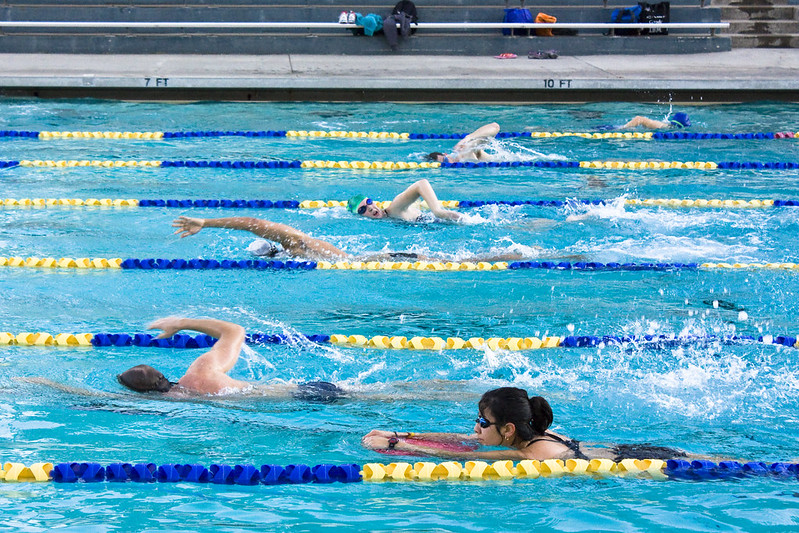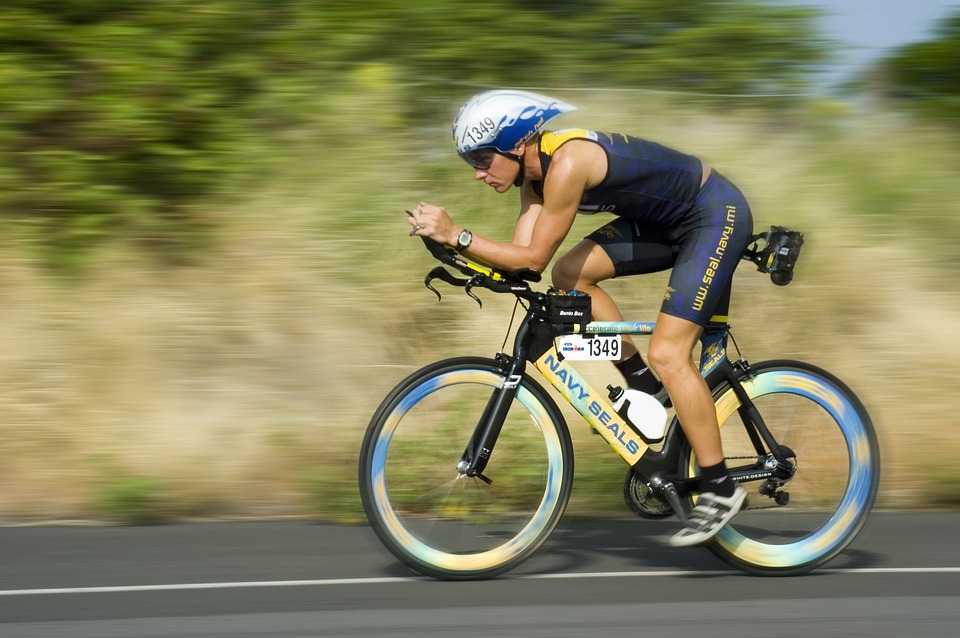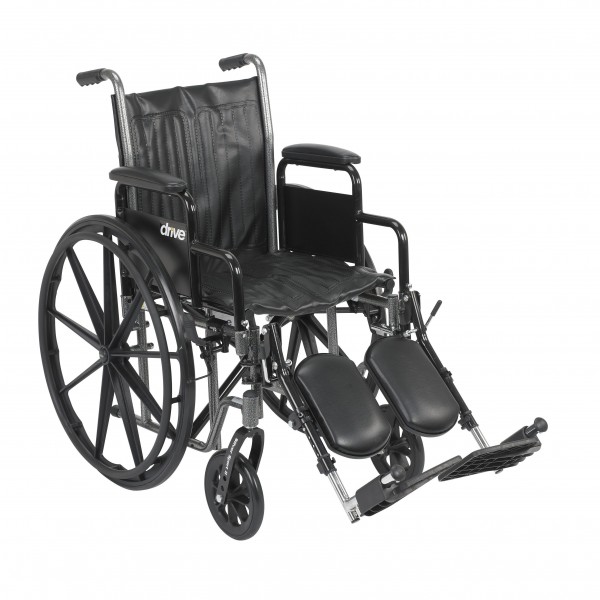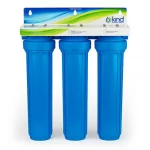Lots of guys lift weights to take advantage of a number of health benefits, including weight control, lower injury risk, and more stamina. Of course, there?s also the vanity aspect, in that a well-toned body simply looks much better than a flabby one.
In the zeal to obtain these health and appearance benefits, many guys push themselves when they lift weights. After all, as the old saying goes, no pain, no gain, right? Progressive resistance is definitely the best way to add muscle mass, but it?s also one of the easiest ways to get hurt. So, in addition to a zeal for fitness, guys need to be smart about they way they build their bodies and take steps to prevent injury.

Wrist Pain
These injuries are a common byproduct of bicep curls and other such exercises. Poor form, combined with repetitive movements usually cause wrist strain and such overuse often results in torn wrist ligaments. Muscle sprains, which are similar injuries, often result from falls and other sudden trauma injuries.
To prevent these injuries, keep a close watch on your form, especially when fatigue begins setting in toward the end of the workout. Moreover, if you add weight and feel unusual discomfort in the wrist, stop and reduce the weight. Finally, incorporate grip-strengthening exercises, such as kettlebell cleans and swings, into your regimen.
Degenerative Disc Disease or Herniated Disc
Much like wrist pain, either overuse or trauma can cause these back injuries. Poor lifting posture, especially when adding a new lifting routine, often causes a herniated disc. Essentially, the rubbery cushion inside the spine (disc) pushes through a tiny crack in the bone and pinches a nerve, causing intense pain that?s usually localized in that area but sometimes radiates to the legs. DDD is more of a classic overuse injury. Over time, poor posture creates pressure in areas where there should be no pressure, creating disc issues.
The best way to prevent these injuries is to ensure that the neutral spine (that subtle spinal curve at the small of the back) is always in place. Use core muscles to lift, hinge at the hips and avoid the Russian twist or other exercises that strain this area.
SLAP Tear
Superior Labrum Anterior and Posterior tears are similar to rotator cuff injuries. But whereas the latter usually affect athletes that move their shoulders in unnatural ways, like baseball pitchers, SLAP tears affect many weightlifters. Instead of the motion, the added weight causes the muscle tear. Symptoms include an inability to lift your arm, weakness in your shoulder, or a sudden popping sound.
Warming up the upper back is one of the best ways to prevent SLAP tears. Also, be mindful of shoulder position. They should always be down and far away from the ears. Finally, focus on incline presses and other lifts that don?t require your arms to go behind your head.
Lateral Elbow Tendonitis
It?s rather ironic that an injury with a nickname like ?tennis elbow? sometimes has nothing to do with tennis or the elbow. Instead, over-gripping barbells or other weights causes most weightlifting LAT cases. The tendons become inflamed leading to elbow pain. Specific symptoms include discomfort on the outside of the elbow and an abnormal stretch in the muscle of the forearm.
To prevent these injuries, focus on grip strength. Wrist strength and flexibility exercises, like crawls and push-ups, will help as well.
These injuries, and others like them, are much more difficult to treat than to prevent, so the best idea is to incorporate some preventative exercises into your everyday routine. As in most other cases, just a few small adjustments is all it takes to avoid these problems.

Helen Bradley is a health blogger and the founder of her own blog about fitness. She has been blogging for three years now and loves to share what she learns with others. Helen enjoys reading, cooking, and staying active outdoors.











